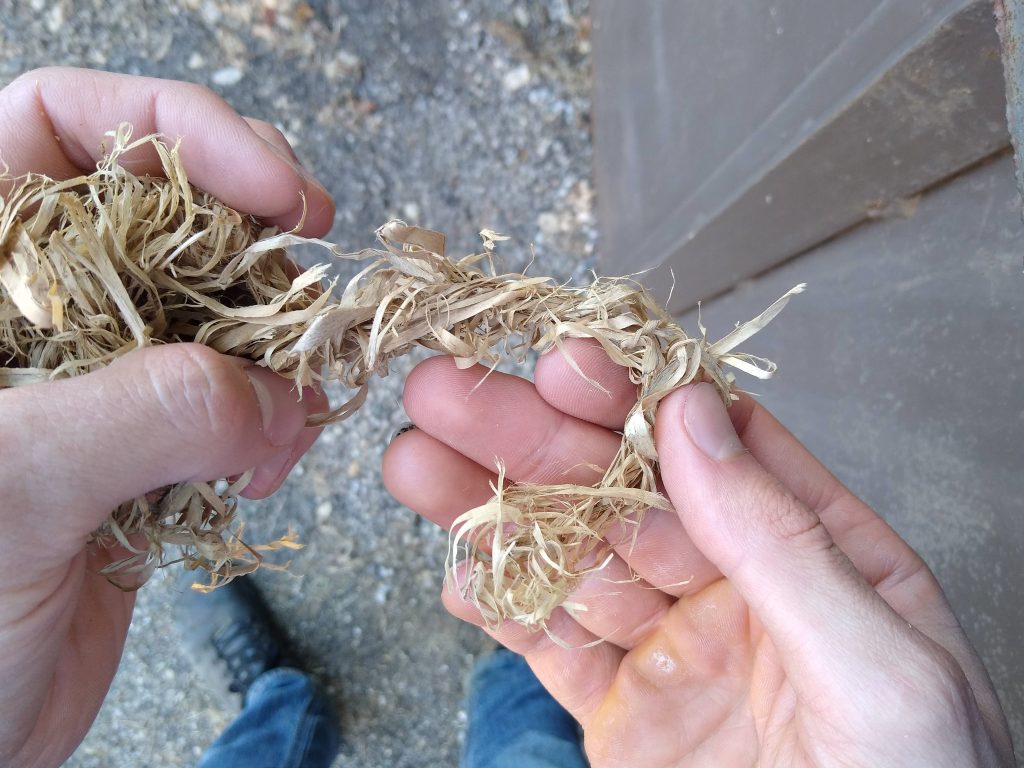Making Rope From Plants: A Craft for the Easily Entertained Nature Lover
What do you do with the grass trimmings left from mowing your lawn? Or what about the red cedar bark flaking off into your yard? You take them from the birds and make rope out of them, of course! There’s plenty of natural plant fiber to go around, and all you need is a couple handfuls of any fibrous material (yes, even hair) to learn this simple rope-making technique.


(Photos: Ethan Paff)
To start, you need two or more strands of any fiber that are twisted in the same direction (clockwise or counterclockwise) around themselves while being twisted around each other in the opposite direction. To do this, you take your bundle of fibrous material (the amount determines the length of the rope) and begin twisting a strand out of it. Pinch at the pile with your fingers and twist, gently pull, and twist again. The fibers in the bundle should all start catching onto each other and before long, you will have a twisted strand of fibers.
Next, take your strand and keep twisting it tighter and tighter at roughly the center of its length. You should notice that the strand wants to twist around itself and form a “bite” or loop. This will be one end of your rope.


(Photos: Ethan Paff)
At this stage, all you have to do is keep twisting each strand end in either the clockwise or counterclockwise direction you started the strand in, and then twist the strand ends around each other in the opposite direction. This will lock the strands in place and add strength to your final rope. An easy way to achieve this is by pinching the loop you made earlier with one hand while you twist one strand end around itself and then around the other strand end just below the loop. YouTube is your best friend for seeing this technique in action. It’s definitely easier to understand it from actually seeing it play out.

So, why would you want to know how to make your own rope? Well, because it’s cool, obviously! Rope-making is a natural skill that people of probably all cultures, tribes and nations practiced since prehistoric times. And it’s still an economically important practice for rope makers today.
Homemade rope can be used in everything from arts and crafts to bushcraft and basic utility. I for one find that making rope can be a very meditative practice, and it can be a way to kill time while doing something with my hands. Whatever your reason for doing it, making rope is sure to be rewarding.
—
Ethan Paff
Conservation & Parks Technician

